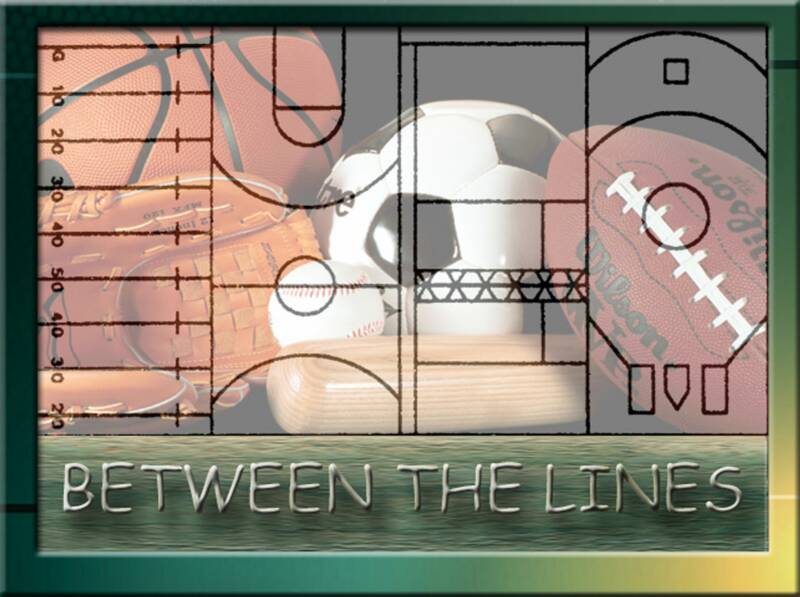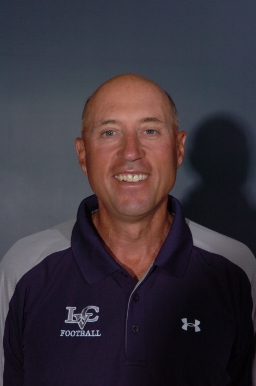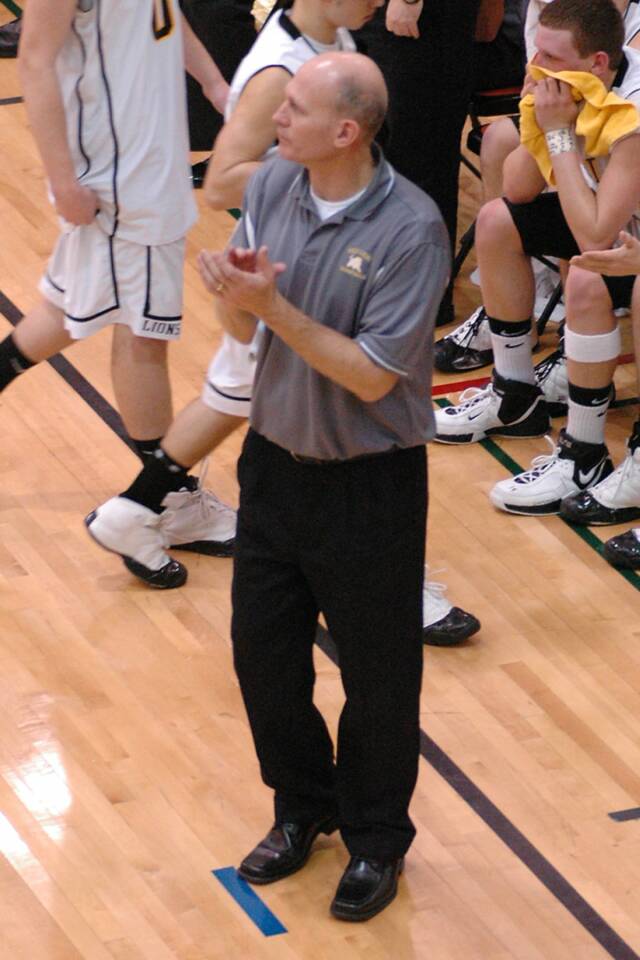College Recruiting at the Division II & III Level
Between the Lines takes a look at athletic recruiting at the Division II and III level. We've taken into account that the Divsion I athletes will find their way to Divsion I schools. Our Q&A features two local coaches at the opposite end of the recruiting spectrum.
Jim Monos is the Head Football coach at Lebanon Valley College. Jim recently completed his 17th season as the head coach of the Dutchmen. Those 17 seasons are split with a stint from 1986-96 and then returning in the 2004 season. In between his time at LVC, Monos was an assistant coach with Bloomsburg University including time as the offensive coordinator. During his time at Bloom, Monos helped coach Huskie teams to 5 PSAC East championships and reached the NCAA Division II playoffs twice including an appearance in the national title game in 2000.
As an offensive coordinator, Monos helped guide the Huskies to some impressive stats. In the 2000 season, Bloomsburg scored over 30 points 11 times in 15 games and twice scored over 50 points. In the team's national semifinal game, Bloom scored 29 straight points in the 4th quarter while going onto a 58-48 win.
While at LVC, Monos has become the winningest coach in school history. Coming back for his 2nd stint, his 2006 team went 6-4 which was the team's first winning season since 1992.
At the other end of the college coaching experience meter is longtime York County high school coach Parrish Petry who will take over as Penn St. York's basketball coach next season. Petry resurfaced on the college level this season as an assistant after long and succesful runs as head coach at West York and Red Lion.
These two coaches took time out from their busy schedules to talk to BTL about the methods of finding athletes to play at their respective schools.
BTL - Where do you start to find athletes for your program?
Coach Monos - "We start by attending high school football games in the fall and then visits with high school directly in November and December each year. In addition, we have started to use recruiting services. These services receive the athletes information from their high school coaches or the athletes themselves and the recruiting service puts it on a hard copy as well as on disc. We also attend combines in the spring of the year to observe rising seniors. I have been to two of those combines in the last two weeks. PIAA District 4 and 6 held combines in which the high school coaches worked the combine and their athletes participated."
Coach Petry - "At PSY or any college, obviously the first place you look for good student/athletes is your own backyard. Anytime you can attract local talent, that is a positive situation for all parties."
BTL - What type of student/athlete are you looking for?
Coach Monos - "Our staff does a good job profiling prospects both academically and athletically. We are able to identify those student-athletes that have the best chance of having a successful experience in the classroom as well as on the field of play."
Coach Petry -"Being new to this business of recruiting student-athletes, it will take a year or two to try and sort out the type of student-athlete that will be most likely to succeed in the classroom. Most are able to perform in the athletic part but they have to be ready for a much more difficult academic case load than high school."
BTL - Talk a little bit about academic requirements.
Coach Monos - "Each school has different criteria that they use to make decisions on a student’s application for admission. In the case of Lebanon Valley College, the high school transcript is the number one criteria. The Admission Staff will look at grade point average, class rank, and the classes that you have taken during your high school years. We no longer require the SAT/ACT test results. Students may provide that information, but it is optional. Letters of recommendation from faculty, guidance counselors, and administrators are encouraged, as well as a personal interview when the student visits our campus."
Coach Petry - "In order for a student to be accepted at PSY, their high school grade point average combined with S.A.T scores are put into a formula and this formula projects a college grade point average for that particular individual. If that projection is above a 2.0 then that student will be offered acceptance. At PSY, high school grade point average is weighted more heavily than SAT scores."
BTL - Talk about how money is divided up among your athletes?
Coach Monos - "The NCAA is very specific when addressing this subject. In Division 3, no student may receive any form of financial aid based on their athletic talent. Scholarships can be awarded based on their academic standing, as well as their financial need. In Division 2, there are athletic scholarships available. In most instances, they are not full scholarships and the amount varies from school to school. There are maximum numbers of scholarships available based on the sport, but each school decides how many they will offer in each sport."
Coach Petry - "No Division 3 schools offer athletic scholarships. All money is strictly based on financial need. This need is based on the family completing a FAFSA form, which includes family earned income."
BTL - Having coached at both levels we asked Coach Monos to talk about some of the differences between the Division II and III levels.
"There are many differences between Division 2 and 3. As a student-athlete, you want to play at the highest level. The key word is “play”. We have a number of student-athletes in our program at LVC who are capable of playing at the next level. Each prospect must decide what is best for them. At both divisions, there is a true love and passion that is displayed by the student-athlete and it is a privilege to coach them."
BTL - In the end, how do you know if a student/athlete is a good fit for your program?
Coach Monos - "After you have made a preliminary evaluation of a prospect academically and athletically, the campus visit becomes the most important aspect of deciding on a college. The prospect and his or her family will visit for a day and meet the staff, students, and faculty. The evaluation on this visit is a two way street. The student and his or her family will be looking for certain things and the coaching staff will be attempting to get to know the prospect, too."
Coach Petry - "If they are successful in the classroom, then that would reflect a good fit."
Both of these men were outstanding athletes in their respective sports and both at Shippensburg University. When asked if there was any other thoughts they would like to share from their experiences, Coach Petry sums things up this way.
"Most high school athletes/parents, along with the general public and even many high school coaches do not understand the talent level at a division 3 College. I would estimate 99% of all high school athletes are D3 or lower. Very few are D2 and seldom do you find a D1 athlete in a major sport such as basketball in York County. I coached at the high school level for 24 years and only coached two division 1 athletes that graduated from a division 1 school and played basketball for four years. Understanding this from the beginning of the college search will help these student athletes make better choices and increase their chance of actually participating in the sport at the chosen school."
Our thanks to Jim Monos and Parrish Petry for sharing their insights into the world of college athletics and the recruiting game.





